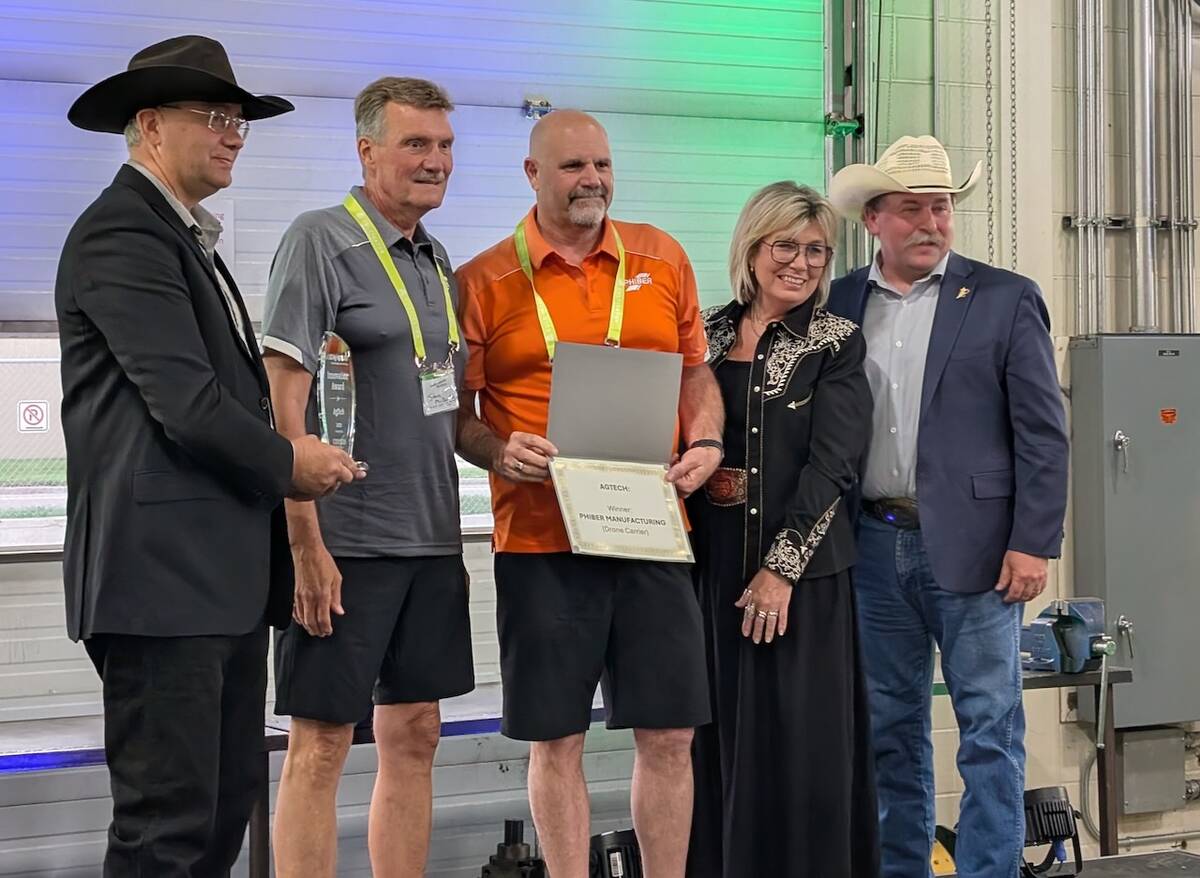Vancouver — Buhler, a Swiss owned maker of food processing technology, is building a $10 million food application centre in Minneapolis that could help transform the pulse industry.
“This is a really significant point in pulse industry development and diversification,” said Gordon Bacon, chief executive officer of Pulse Canada.
The centre is expected to help pulses move beyond being a commodity crop, continuing the shift into becoming high-value ingredients for packaged food products.
Nick Hay, director of processing solutions for pulses, seeds and spices with Buhler Group, said the centre will expand on the existing extrusion facility located at the company’s North American headquarters.
Read Also

Ag in Motion innovation awards showcase top 2025 ag technology
The 2025 Ag in Motion Innovation Awards celebrated winners across five categories: agronomics, agtech, business solutions, environmental sustainability and equipment.
Buhler will be building a pilot scale facility for turning raw pulses and other crops into highly functional and nutritive ingredients.
“We’ll have the full range of what we can offer in terms of the latest processing machinery,” he said during the announcement at Pulses 2017.
The pilot plant will be capable of cleaning, optically sorting, dehulling, splitting and milling pulses using several types of roller mills.
Companies will be able to rent the facility to conduct proprietary business or collaborate with Buhler on developing new processes or building a case for a joint research and development funding application.
Buhler will also be partnering with industry associations and academia on pre-competitive research projects.
There will be a quality lab that can provide basic analysis of end products such as the protein and water content of the pulse flour and a kitchen lab for testing in-house performance of products.
The facility will have a food safety license so that food samples can be used in market tests.
Bacon said it says a lot about the potential of pulse-based food ingredients when the world’s largest manufacturer of milling and extrusion equipment decides to invest $10 million in a pilot plant of this magnitude.
However, the pulse industry is just entering the milling business and there are a lot of questions that need to be answered even at the farm level.
One factor holding the industry back from making further inroads in the food ingredients business is the lack of consistent quality.
“You can’t have variability of raw product coming in,” said Bacon.
He noted that there is tremendous variability in pulses at the genetic level.
“All yellow peas are round and yellow but beyond that the variability is immense,” he said.

















